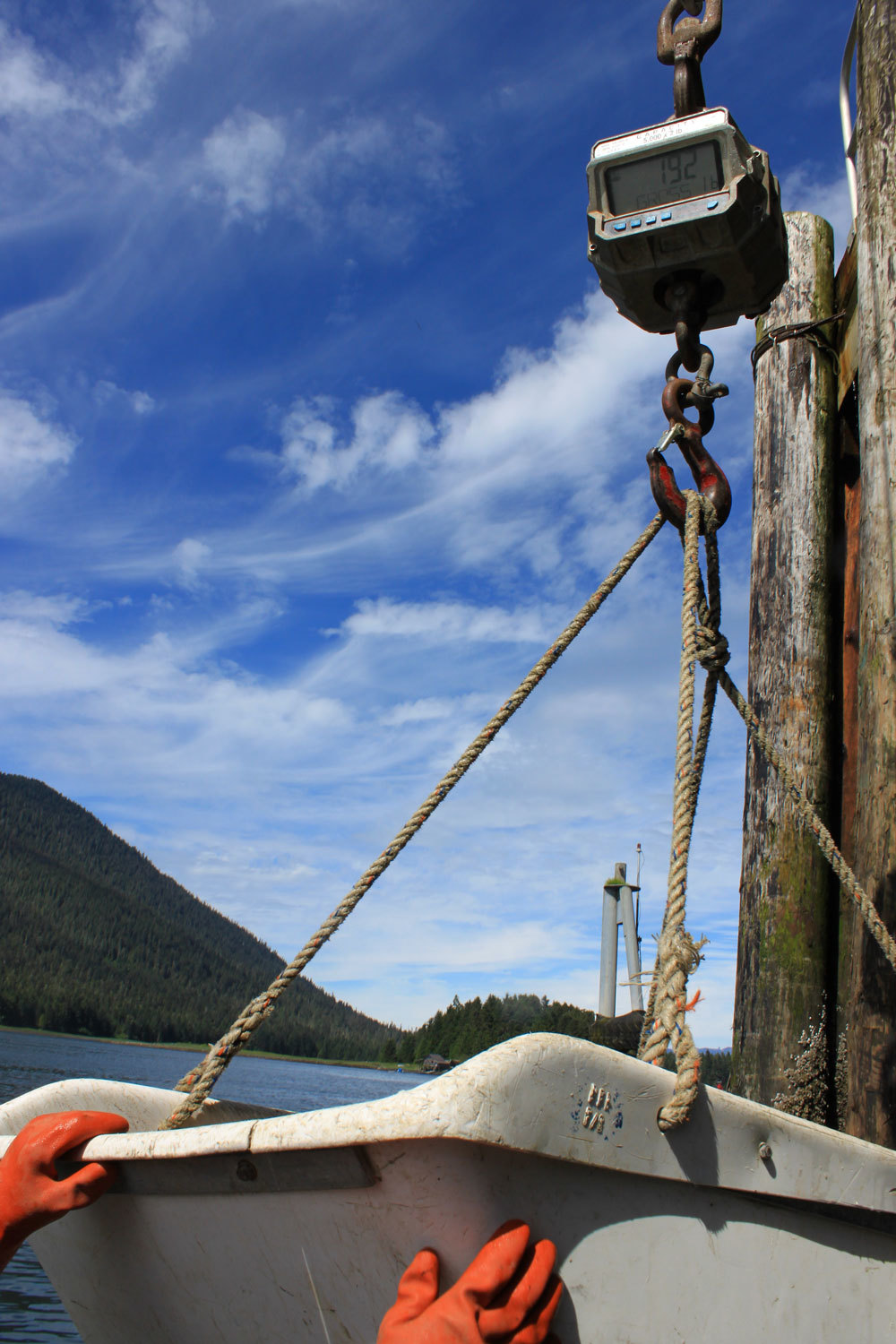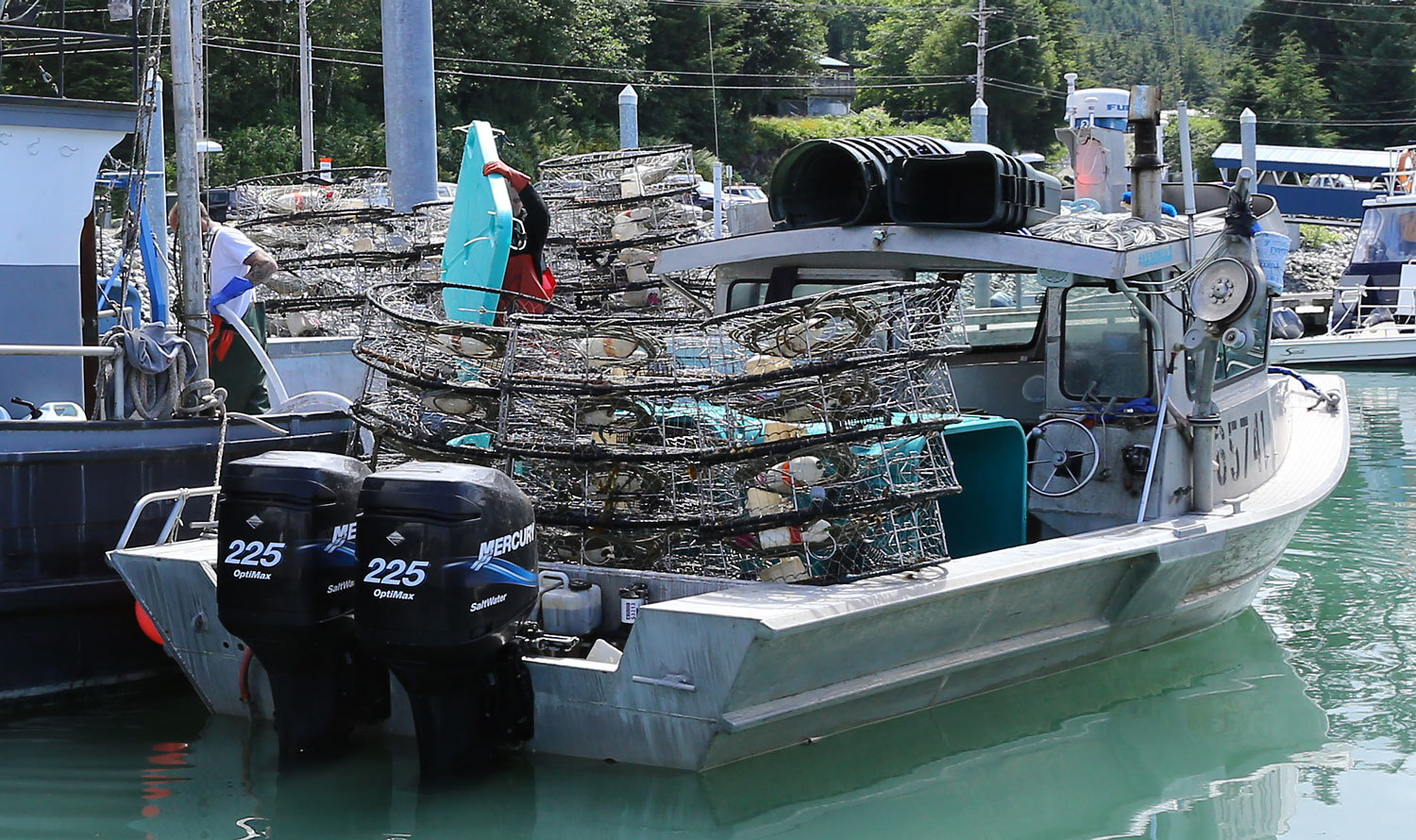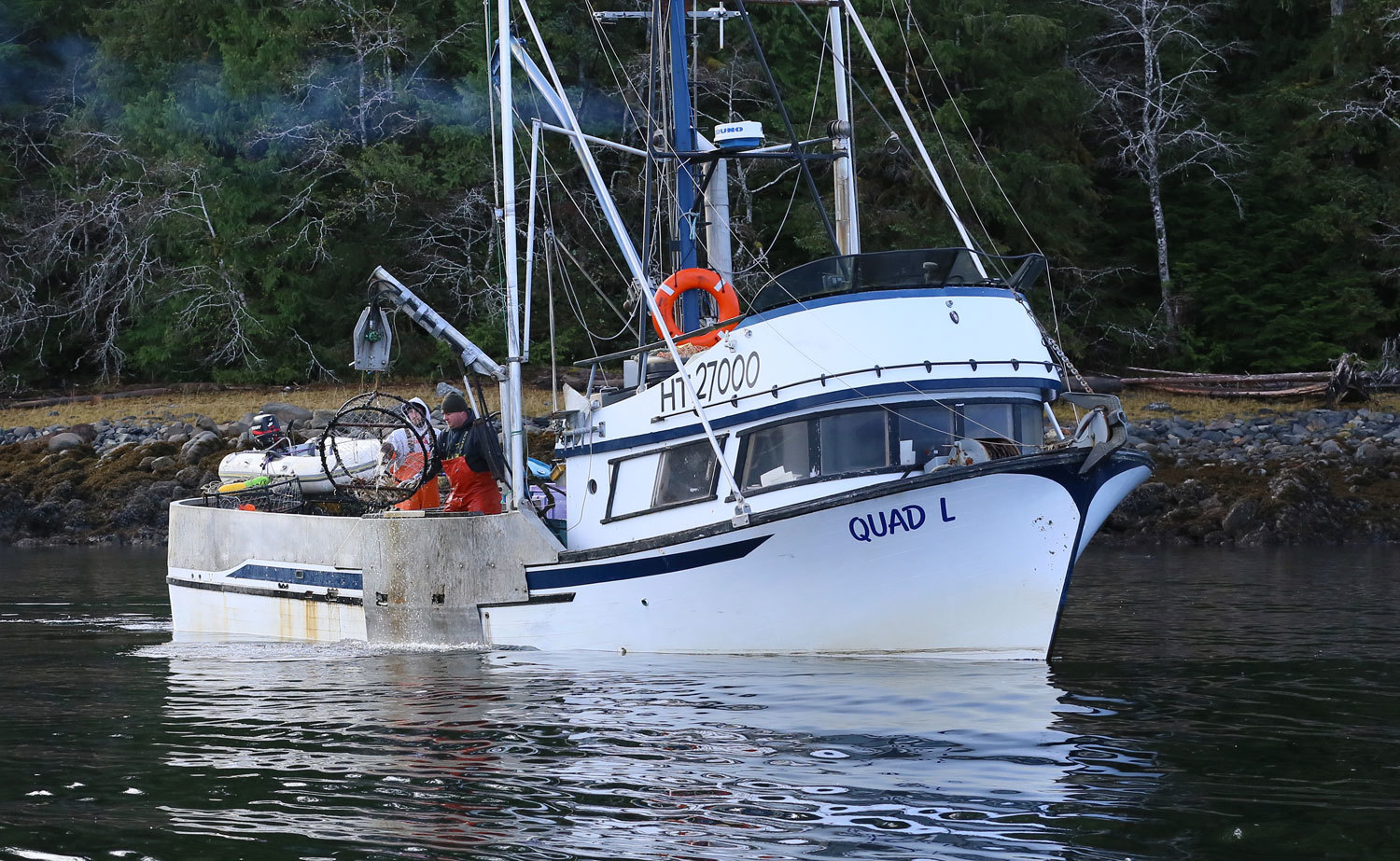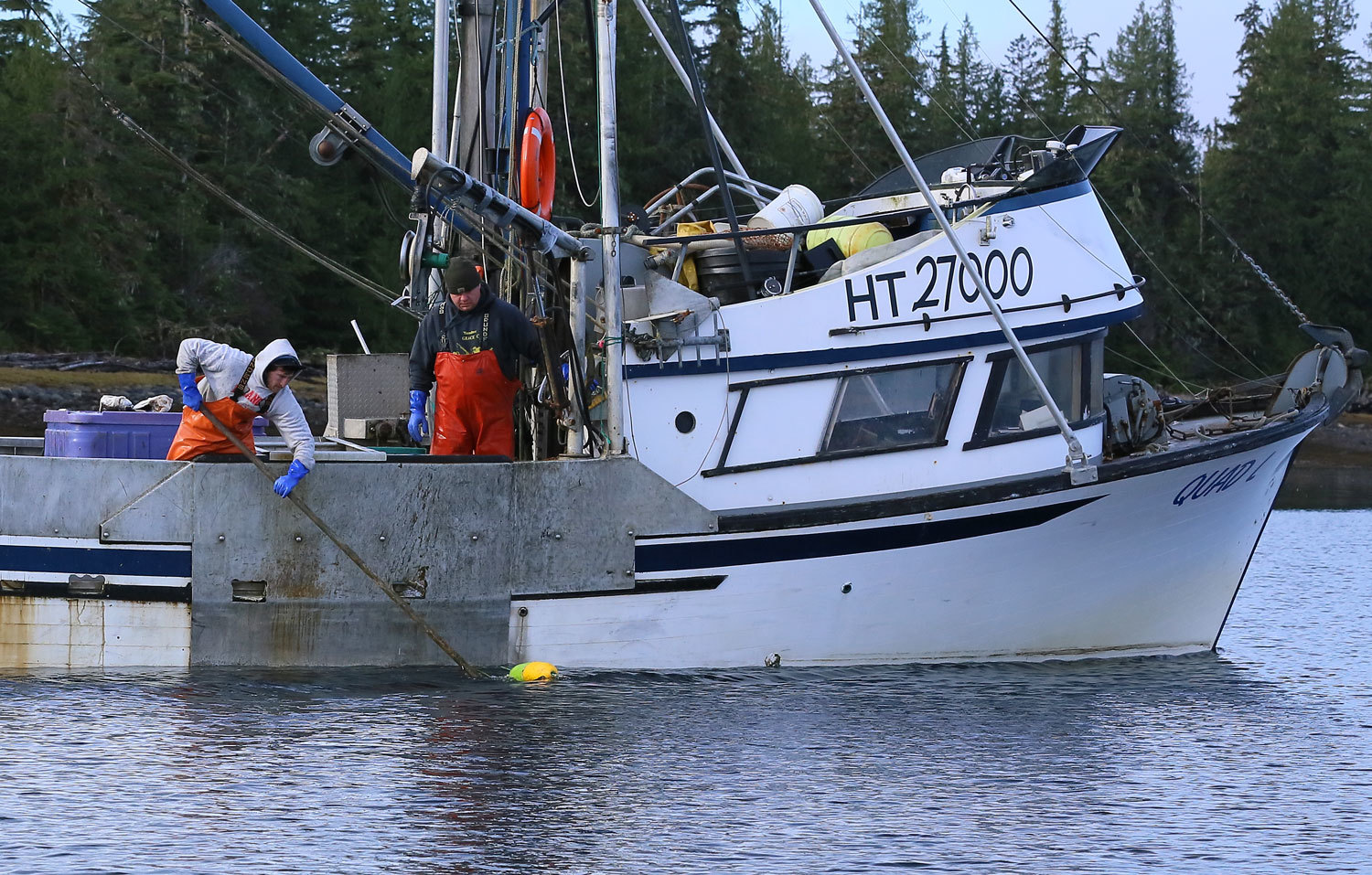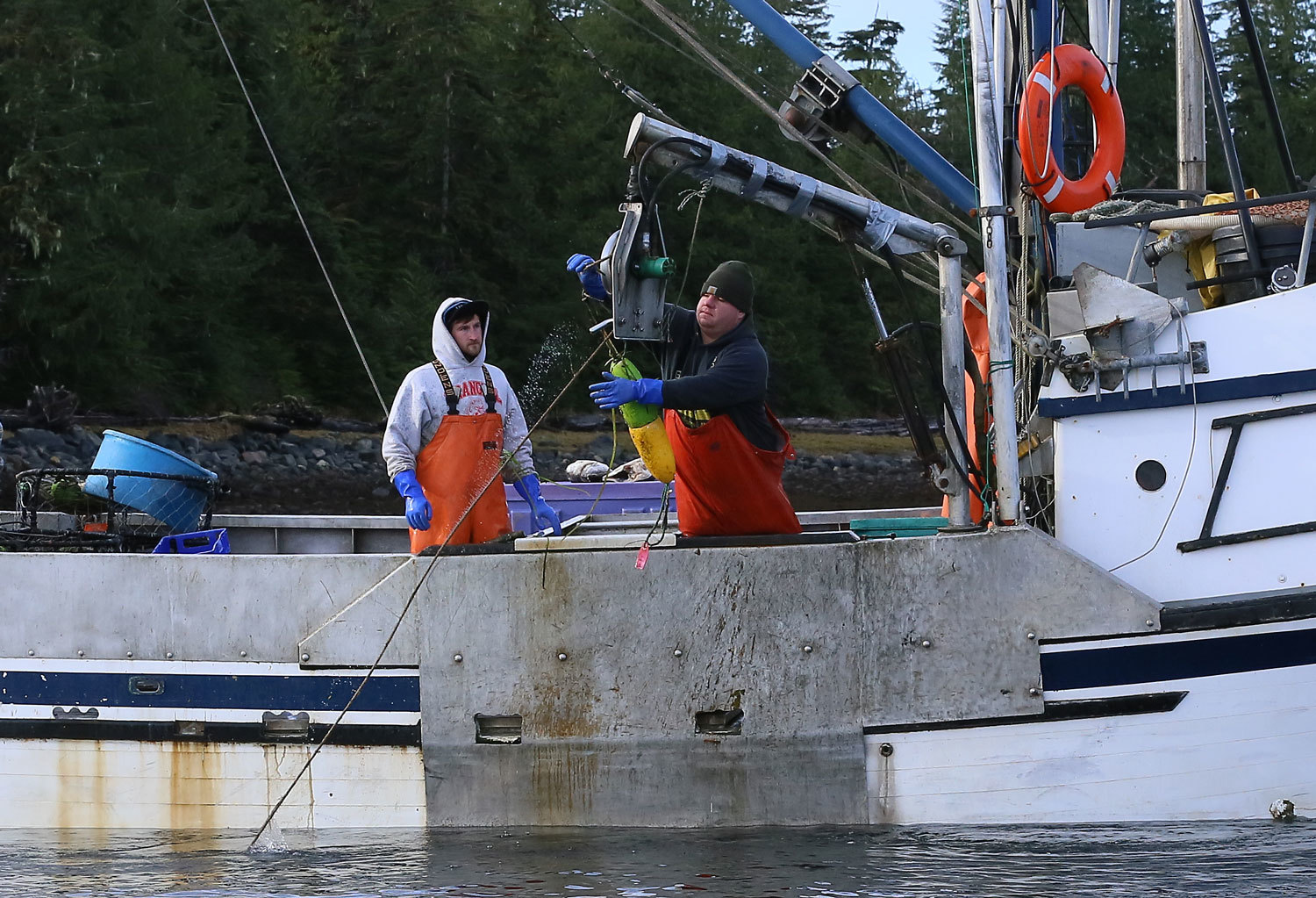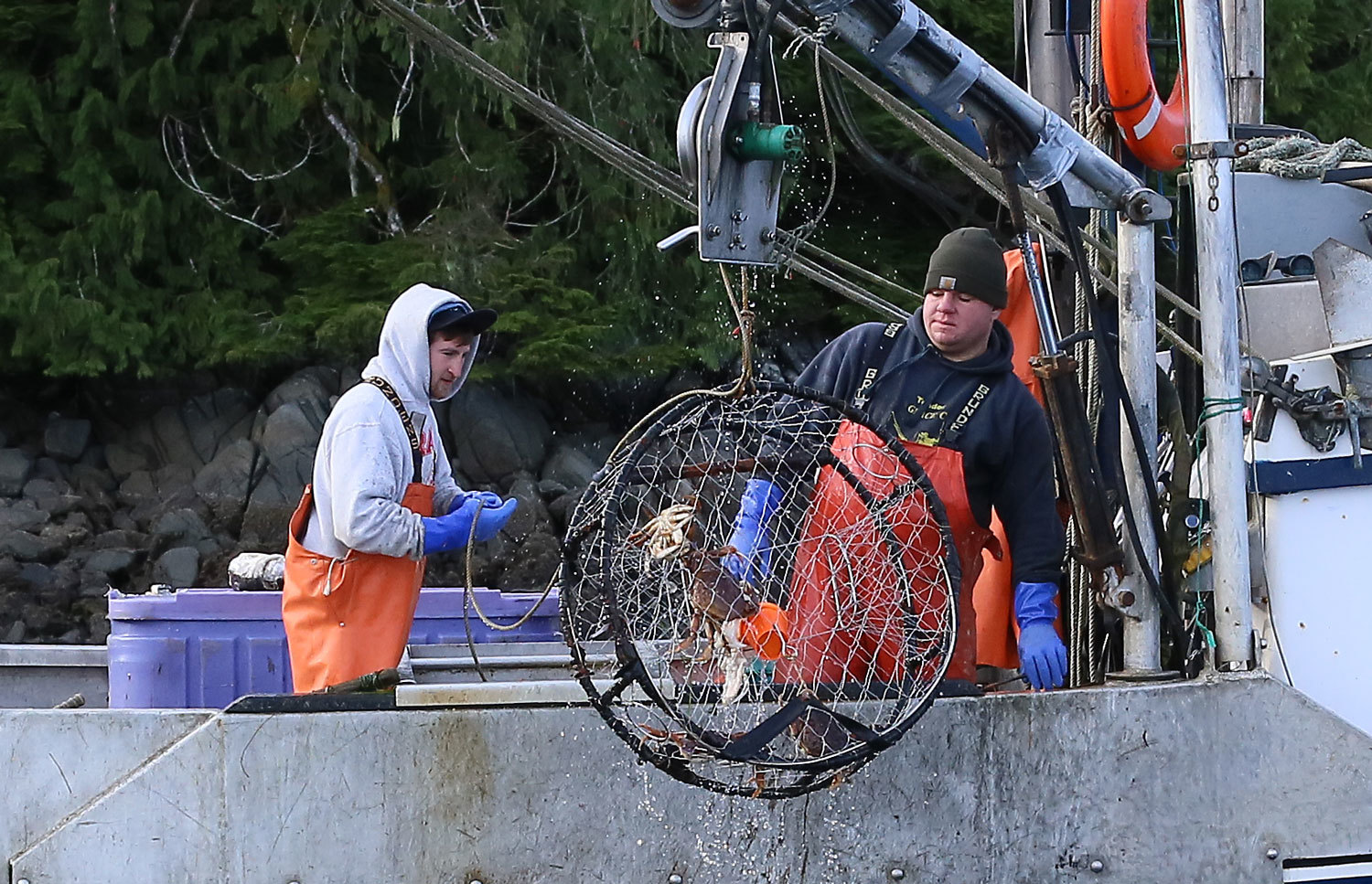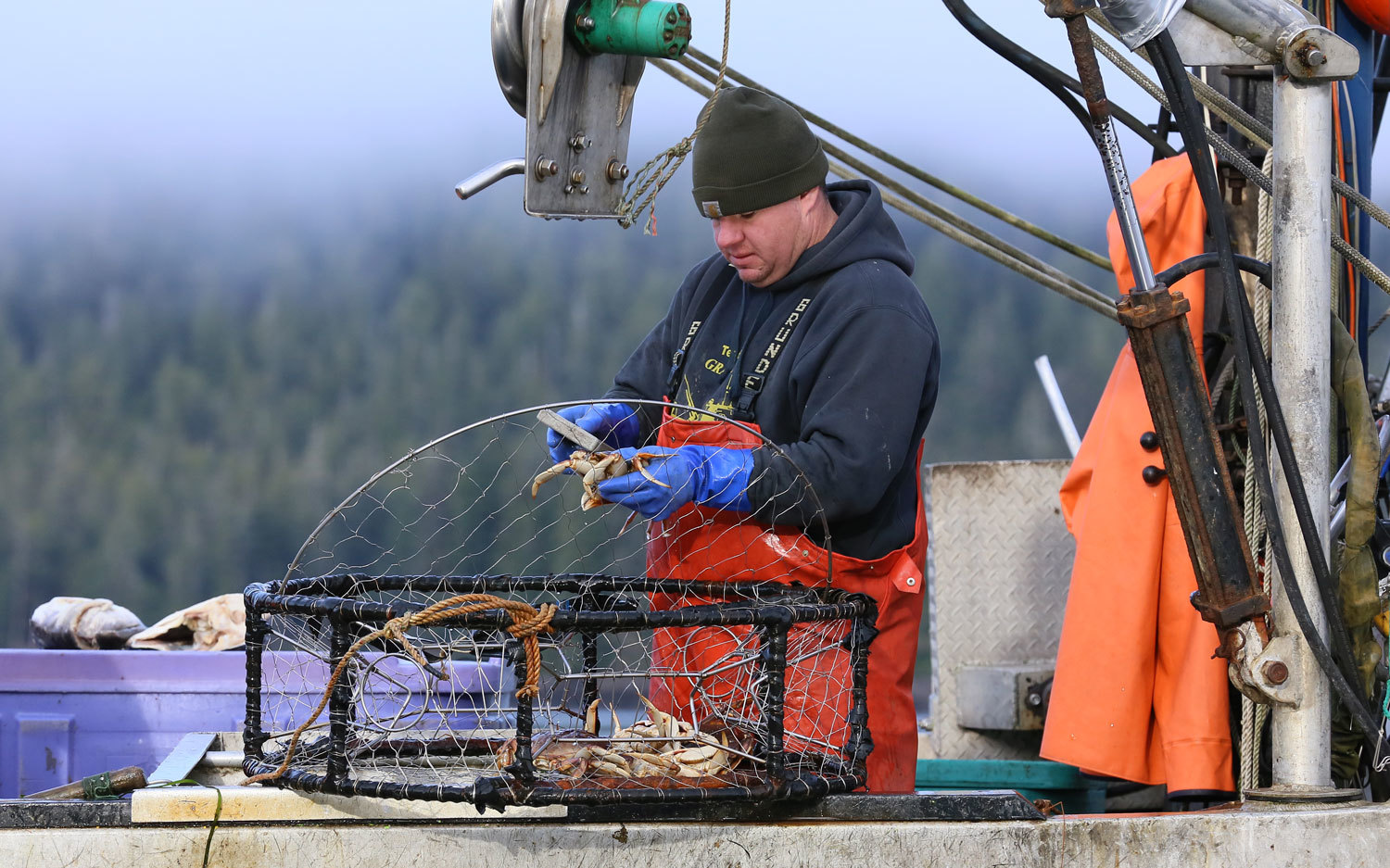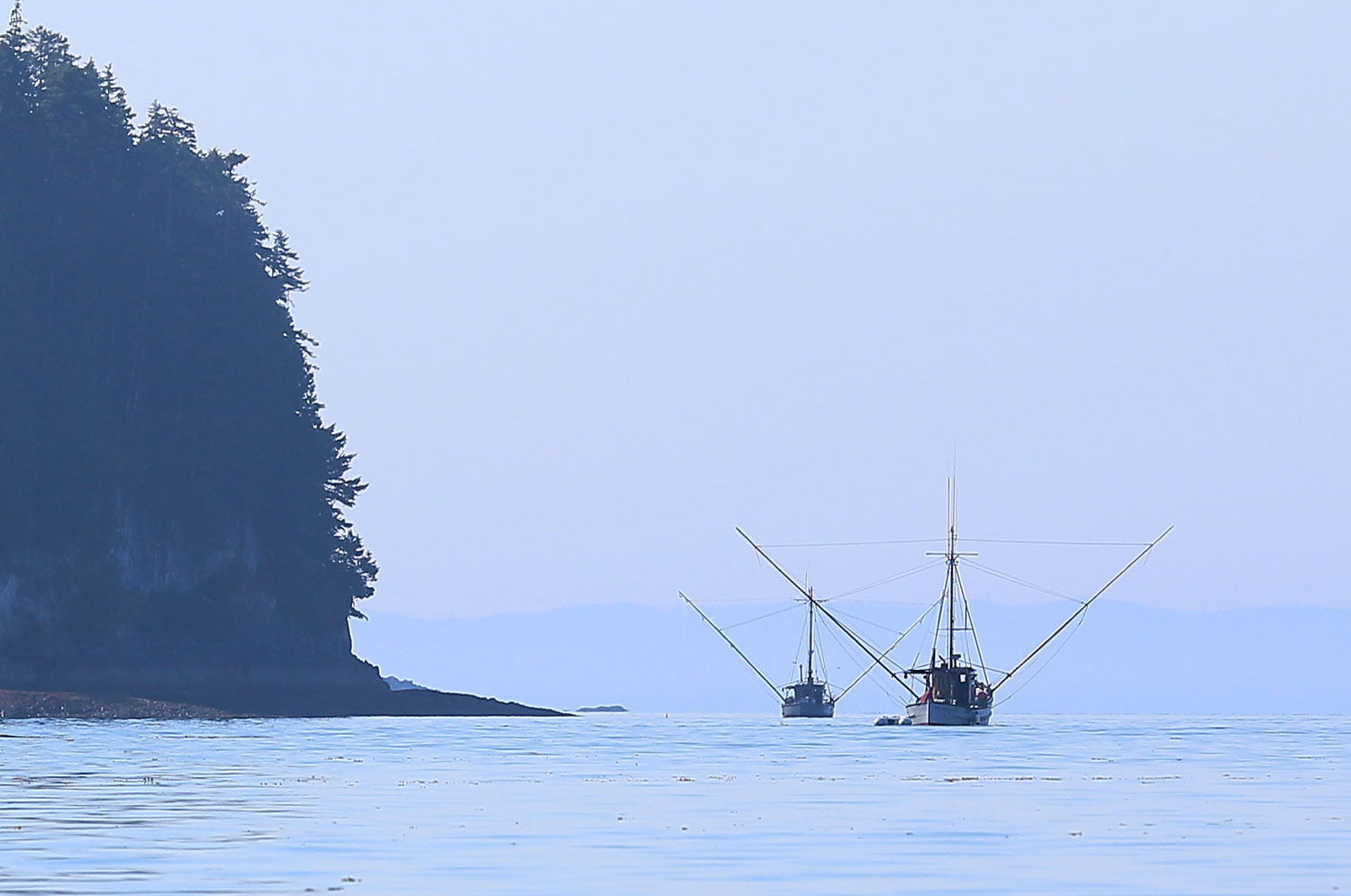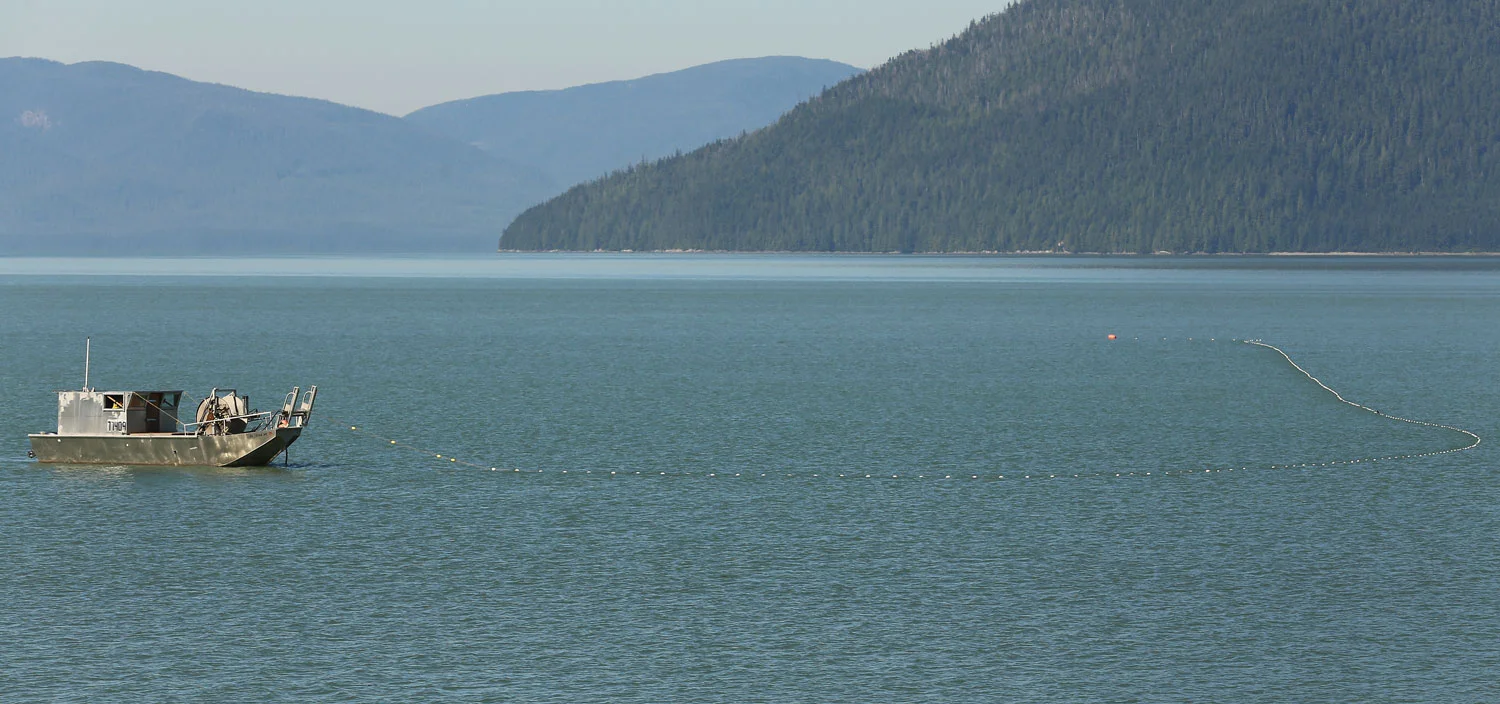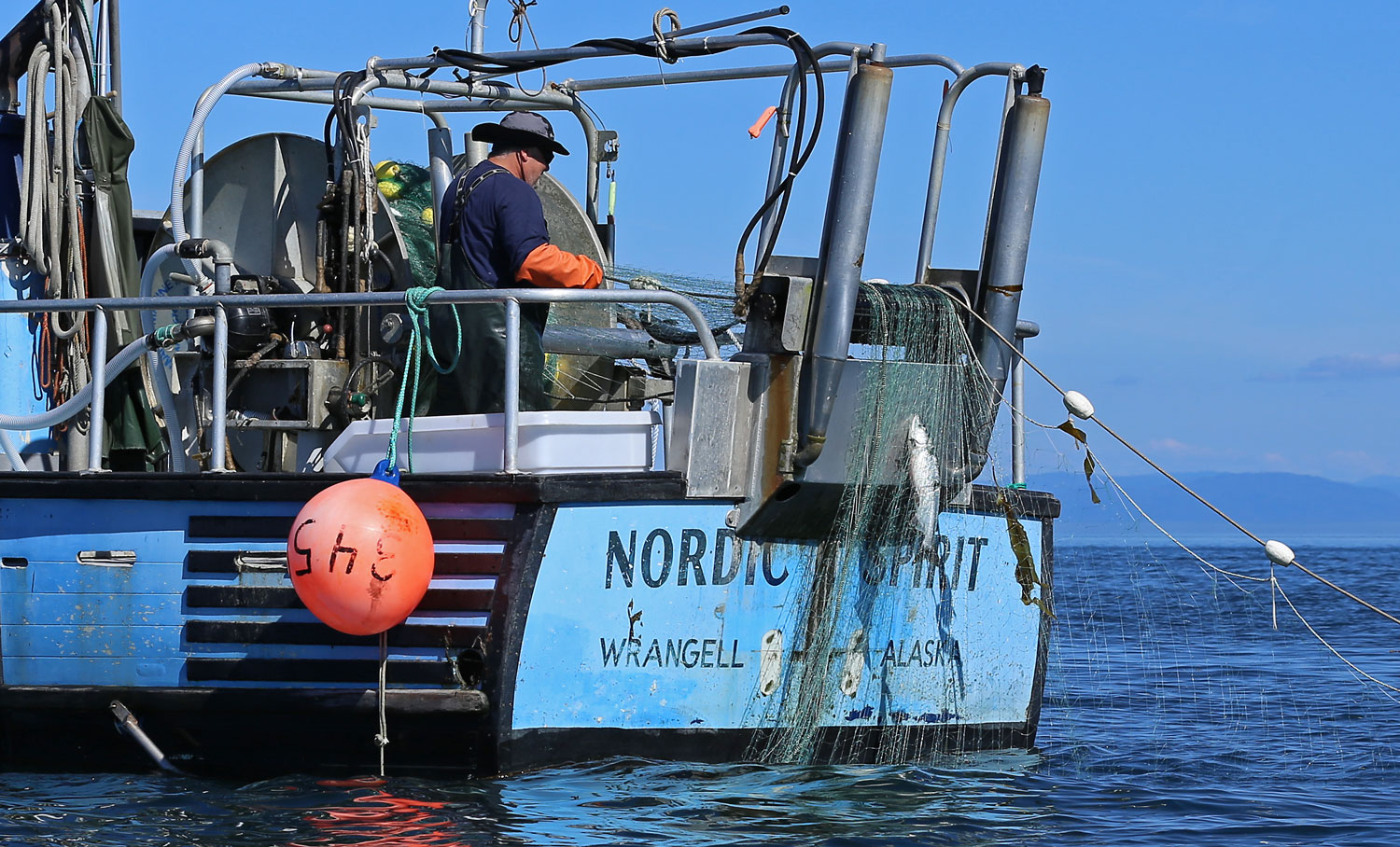Petersburg Fisherman Updates Wood Boat in Wrangell
/Near one of the immense boat sheds in the Wrangell Marine Service Center a pile of planks lay quiet, patient, even boring in their rectangular form. To a shipwright, or a simple lover of potential, however, those planks hold life on the ocean within them. This lumber is being put to work with little delay; spring and the fishing season are fast approaching!

From inside the shed the sounds of drills and mallets ring out as wood is fitted and fastened, transforming straight lines and right angles into living curves befitting a creature of the sea. The fishing vessel Siren’s starboard hull is receiving new frames and planks.
Wooden fishing boats are rarely made in today’s world of fiberglass and metal boats. In 1919, however, wood was the best available material, and master craftsmen built many boats for the Alaska fishing fleet. The ones that received good care and good luck are still at work today, like the F/V Siren. Yes! She is three years short of her century mark, and the current work is the last section that gives her a new hull.

Mike File of Petersburg fastens a new plank to F/V Siren's hull.
Siren’s owner, Mike File of Petersburg, says, “Just because it is old or used doesn’t mean that it is broken. When you put new wood on a wood boat then what you’ve replaced is brand new again.”
Mike started his Alaskan fishing career when he was eight years old. His father showed him the lifestyle, helped Mike to build a work ethic, and cautioned him that, “If you fish for a living you’re going to be ruined for any 8 to 5 job.”
Mike smiles and exclaims, “He was right!” then shakes his head and goes on, “I like the ability to work for myself, to make my own decisions. It’s like a farm boy on the farm. It’s a good place to grow up, learn responsibility, and when the going gets tough you have to put your head down and go to work.”
Mike works the Siren in the seine, longline, and troll fisheries. He has owned the boat for twenty-six years, and for him the “off season” maintenance work is as much a part of a fishing career as pulling fish from the sea is. Keeping the boat shipshape helps to keep him and his crew alive.
“So many things can go wrong so fast it’s insane,” he says, “What I’ve done in the last ten years is I’ve slowly rebuilt the boat – replacing frames, planking, decking - because the boat does everything I need it to do. It is a very forgiving boat, and comfortable on the ocean.”
The Siren was originally sixty-five feet long, but it was shortened to fifty-eight feet in the 1970’s. The length was taken out of the bow, preserving the large workspace on the back deck. The previous owner of the Siren put the aluminum wheelhouse on. Mike File continues to update the boat, including putting in new machinery and electronics.

Luckily Mike enjoys working on his own boat. He clamps another plank of African sapele (suh-PEEL-ey) wood onto the oak frames, and then starts to drill holes and countersink large screws.
Mike says, “It’s in between a soft wood and a hard wood. It bends well, it’s nice to work with, it likes paint –that’s a must! - and it’s really bug resistant.”
The main “bugs” that are a problem for wood boats in Alaska are shipworms (Teredo navalis). They are actually a saltwater clam species that bore into wood. While ‘teredos’ do break down wood debris in the ocean, they can also quickly destroy a boat built with the wrong type of wood.
There are many more steps to be completed before the first coat of paint is applied. Maintaining a wood boat is a labor of love….and life. After a month of work there is about a week left to go on this project.
Mike sums it up, “If a boat is in good condition it will take rougher water than you can take, and if a boat has good general maintenance then it will last longer than you will.”

More boaty posts:
Seine Boats Preparing for the Season
And a whole bunch more in the Boat Stuff Index!






